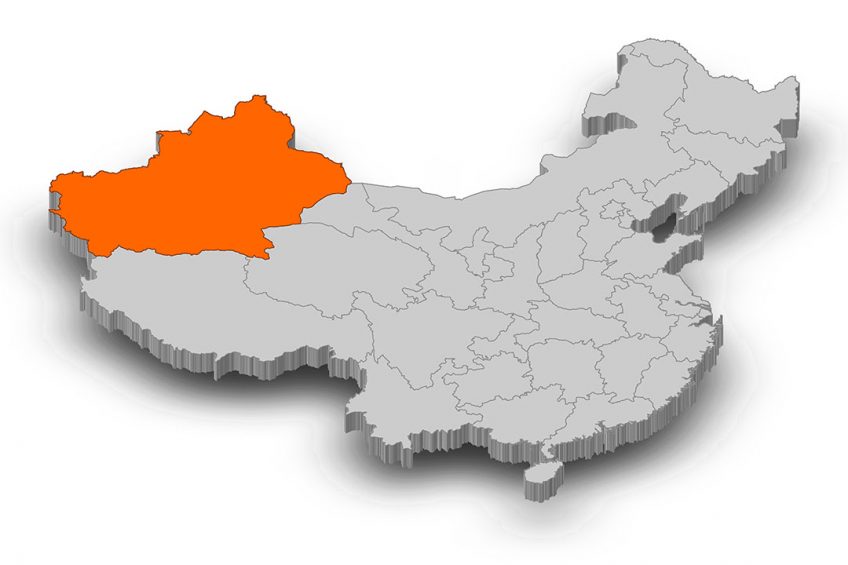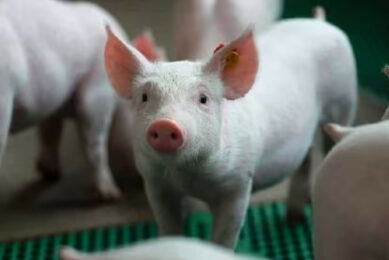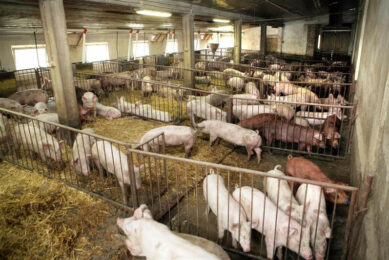ASF China: Virus makes 1,400 km jump to Xinjiang

China’s westernmost region Xinjiang has now also reported its 1st outbreak of African Swine Fever.
Xinjiang Uygur Autonomous Region is China’s largest region on provincial level, with an area of 1.7 million km2. In size, that is an area comparable to Alaska or France, Germany, Spain and Italy combined. It is estimated that the region ‘only’ has a population of 23.6 million inhabitants. A 58% majority of the population is Muslim, but the province’s Han Chinese population will have an appetite for pork.
ASF outbreak in Ürümqi, Xinjiang
The virus was reported by the Chinese Ministry of Agriculture and Rural Affairs (MARA) on April 4, in the Midong district of the region’s capital Ürümqi. On a farming community with 200 pigs, 15 pigs were infected and died of the disease. All common measures were immediately applied, according to MARA. With the discovery, it means that only mountainous Tibet and the island of Hainan have not officially reported outbreaks of ASF.
This 1st outbreak in Xinjiang region means that the virus has officially made a 1,400 km jump westward. The outbreak in China that was known to be the closest prior to this report was in eastern Qinghai province, reported in December last year.
ASF situation in Mongolia has been resolved
In a straight line, some of the outbreaks in Mongolia (in January and February 2019) were even slightly closer to this Xinjiang location (about 1,300 km).
Read more on pig health in the Pig Progress Health Tool
The Mongol authorities, as a matter of fact, have informed the World Organisation for Animal Health (OIE) that there have been no more outbreaks occurring in the country. Mongolia does not have a lot of pigs anyway; the ASF situation there is considered resolved.
ASF outbreak in Yunnan province
On April 4, China’s agricultural ministry also reported an outbreak in Yunnan province, bordering Myanmar. This time a community with 10 farms was found infected, with in total 301 pigs. 196 animals had been infected, according to MARA, and 105 had died.
It is unclear as to why MARA chooses to report these 2 outbreaks. It is generally believed that the ASF situation in China is out of control and that the virus is making victims all over the country, affecting domestic meat supply. As China has roughly 50% of pigs worldwide, pork producers in Brazil, the United States as well as Europe anticipate that a substantially lower supply of domestic pork in China will offer export opportunities as well as an increase in global pork prices.











